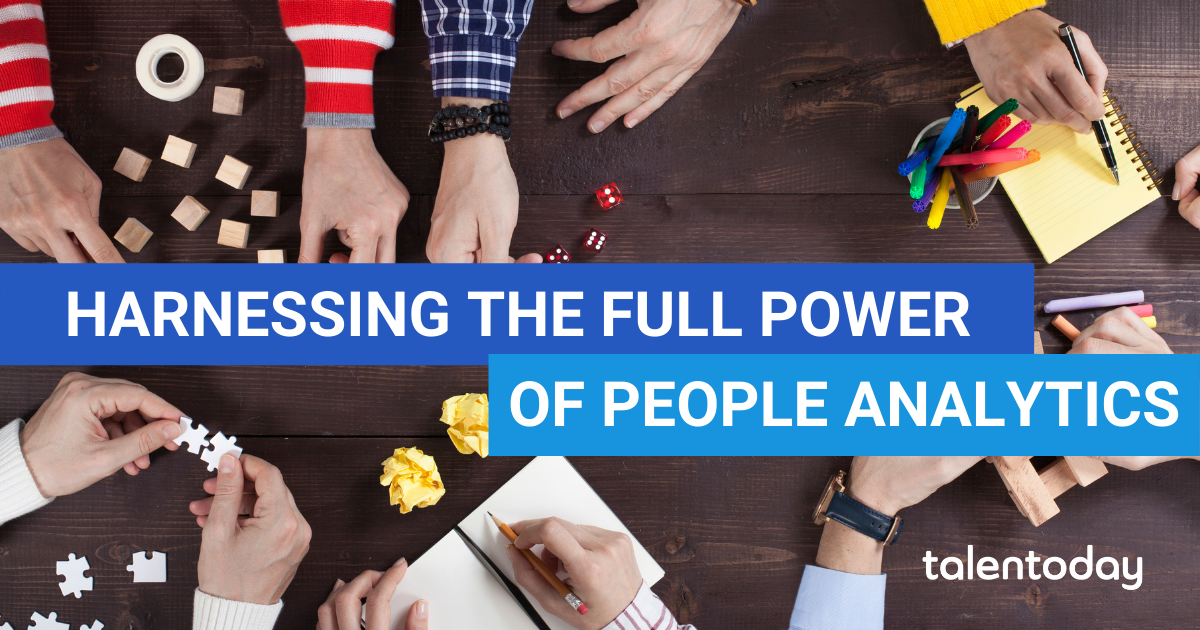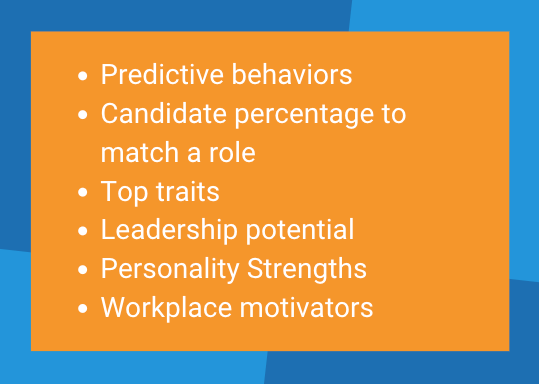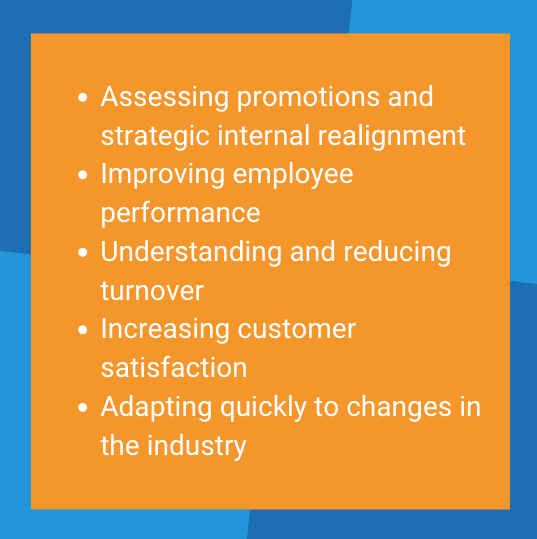
We all know that recruiting has inherent risk. A CareerBuilder survey found that nearly three in four employers have hired the wrong person for a position. Bad hires not only have a negative financial impact, but can reduce productivity and be a blow to company morale. Even if your initial hire is spot-on, keeping talented employees on board can be extremely challenging. That’s where people analytics comes in. It’s likely you’ve heard or read this phrase before — but what does it really mean?
People Analytics — The Short Version
HR Technologist defines people analytics as “the deeply data-driven and goal-focused method of studying all people processes, functions, challenges and opportunities at work to elevate these systems and achieve sustainable business success.” Simply put, people analytics is:
- Data driven — you need to gather data and use it
- Goal-focused — you need to know how the data will be used and what you want to improve
For human resource and staffing professionals, people analytics has the ability to transform the entire talent lifecycle, from recruitment, assessment and hiring to team building and development. McKinsey data shows that people analytics can lead to an 80% increase in recruiting efficiency and a 50% decrease in attrition. It can also help reduce bias in hiring by bringing in a diverse slate of candidates and create more inclusive workplaces by identifying discrimination.
It’s Only as Good as the Data
As with all science-driven solutions, people analytics is only as good as the data it’s being fed. While certain hard skills and experiences are easy to quantify, understanding soft skills and behavioral factors that determine lasting success requires sophisticated technology.
To get good data, you first need to identify your priorities and objectives. Are you trying to reduce the cost of candidate screenings? Improve the quality of your hires? Create a more diverse workforce? Upfront planning allows you to develop a rigorous candidate assessment, including customized interview questions, that gets to the root of each individual’s personality traits and behavioral and motivational factors. Some data points you may want to consider include:

Once the data is gathered and analyzed, it needs to be compiled in such a way that is accessible to the people that use it. For most of us, visual data representation provides a clear and concise picture that captures our attention and allows us to process the information more quickly.
How Can it Help Your Organization?
People analytics is critical for making better, more informed hiring decisions. While intuition is a valuable tool during recruiting, it shouldn’t be used in a vacuum. Instead, combining your gut instinct with science that uses algorithms and predictive analytics to develop a more accurate and complete talent profile will yield greater success.
Beyond hiring, people analytics is valuable for any area where people are involved in your business, including how you can leverage employee strengths for both the organization’s advantage and the individual’s career growth. Here are a few common examples of areas that businesses can benefit from gathering and using data throughout the employee life cycle:

It’s also important to note that people analytics should never be static. It needs to be a dynamic activity that evolves with individuals and teams as they move through the employment life cycle. The more employees and talent leaders use it, the more value and insights it delivers.
Where do I start?
If you’re looking to make a better placement, team building, and development decisions for employees and teams, assessing soft skills using people analytics software is a great place to start. To learn more about our scientifically-backed assessments, including MyPrint® and Talentobe Manager, email us at customer@talentobe.com. We believe that once you have more information about the personality and motivations of your employees, you’ll be able to make more informed decisions grounded in science.


